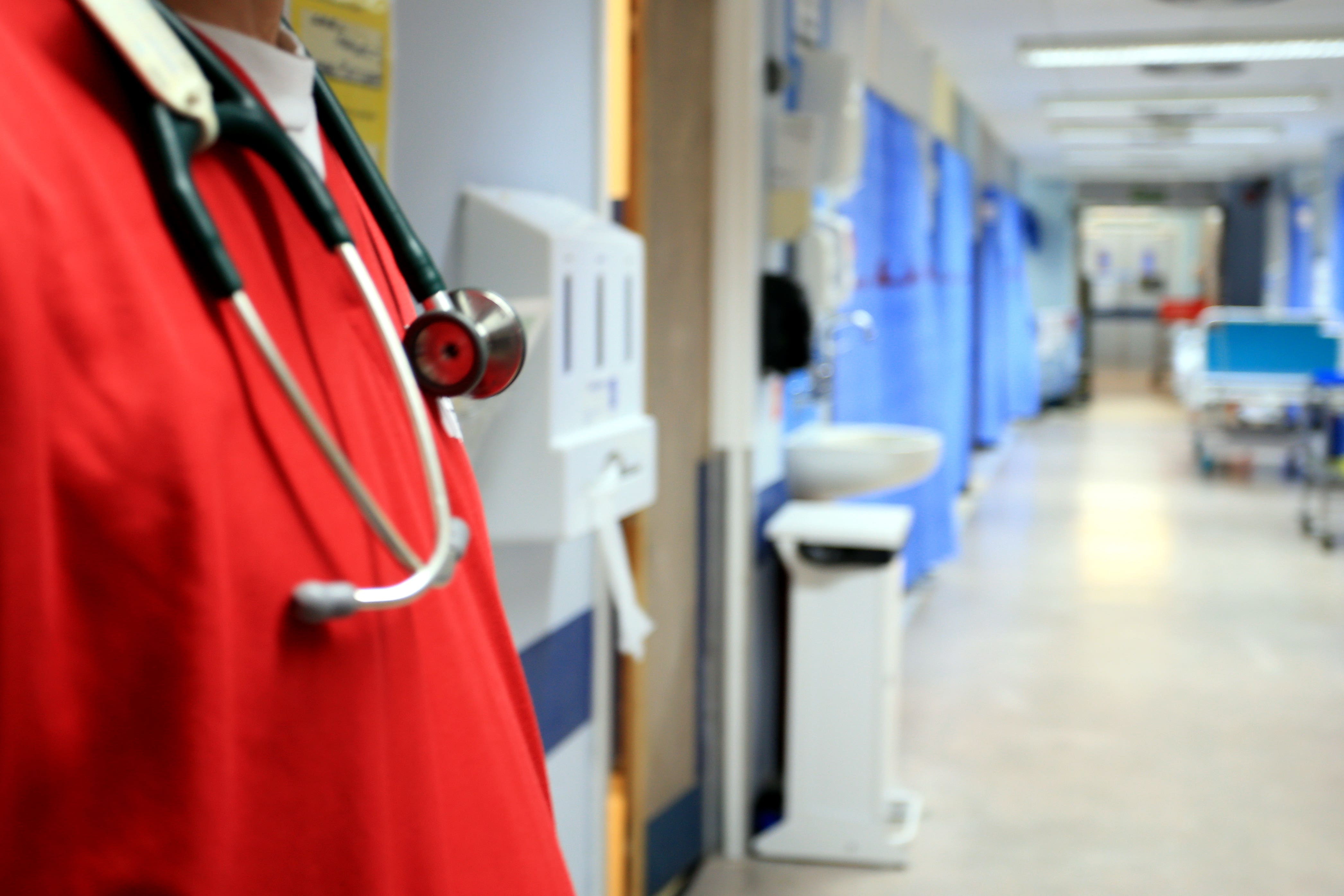Number of Covid-19 patients in England jumps to highest level for two months
Three regions are recording patient levels last seen in late July.

The number of hospital patients in England testing positive for Covid-19 has climbed to its highest level for two months, in fresh evidence a new wave of infections is under way.
Admission rates are also continuing to rise, in a trend described by health experts as “concerning”.
A total of 9,631 people with coronavirus were in hospital as of 8am on October 5, according to NHS England.
This is up 37% from 7,024 a week earlier and is the highest figure since August 3.
Patient numbers topped 14,000 in mid-July at the peak of the wave of infections caused by the Omicron BA.4 and BA.5 subvariants of the virus, then fell steadily until mid-September.
Numbers have risen in recent weeks, suggesting Covid-19 is once again becoming more prevalent.
Covid-19 hospital data is currently published once a week on a Thursday.
The latest figures show all regions are recording a steady rise in patients, with three regions back to levels last seen in late July.
South-west England currently has 1,003 patients who have tested positive for coronavirus, not far below its peak during the BA.4/BA.5 wave of 1,229.
South-east England has 1,553 patients, compared with its summer peak of 1,985, while eastern England has 1,064, compared with a summer peak of 1,432.
All numbers remain well below those reached during the early waves of the pandemic, however.
The rate of Covid-19 hospital admissions stood at 10.8 per 100,000 people in the week to October 2, up from 7.5 the previous week.
Rates are highest among people aged 85 and over, at 132.3 per 100,000.
This is up sharply from 80.1 and is the highest rate for this age group since late July.
Dr Susan Hopkins, chief medical adviser at the UK Health Security Agency (UKHSA), said the latest increases were “concerning”, and that cases and hospitalisation rates were at their “highest level in months”.
“Outbreaks in hospitals and care homes also on the rise,” she continued.
“Make sure you have any Covid-19 vaccinations you are eligible for and avoid contact with others if you feel unwell or have symptoms of a respiratory infection.
“If you are unwell, it is particularly important to avoid contact with elderly people or those who are more likely to have severe disease because of their ongoing health conditions.”
About two-thirds of patients in hospital who test positive for Covid-19 are being treated primarily for something else.
But they need to be isolated from patients who do not have the virus, putting extra pressure on staff already struggling to clear a record backlog of treatment.
Separate figures show that around four in 10 (40.3%) of people aged 80 and over in England are now likely to have received an autumn booster dose of Covid-19 vaccine, along with a similar proportion (41.0%) of 75 to 79-year-olds.
All people aged 65 and over are currently eligible for the booster, providing they had their last jab at least three months ago.
Doses are also available to frontline health and care workers, pregnant women and people with weakened immune systems.
The booster is intended to increase protection against serious illness during the next waves of the virus and will eventually be offered to everyone aged 50 and over.
The UKHSA data, which cover vaccinations up to October 2, also show that 32.9% of 70 to 74-year-olds are estimated to have had the booster, as well as 25.5% of people aged 65 to 69.
Figures published last week by the Office for National Statistics suggested that infections are on an upwards trend in England.
The number of people in private households testing positive for coronavirus in the week to September 17 was 857,400, or about one in 65 – up from 766,500, or one in 70, in the seven days to September 14.
Infections in England peaked at 3.1 million during the summer BA.4/BA.5 wave.
Bookmark popover
Removed from bookmarks